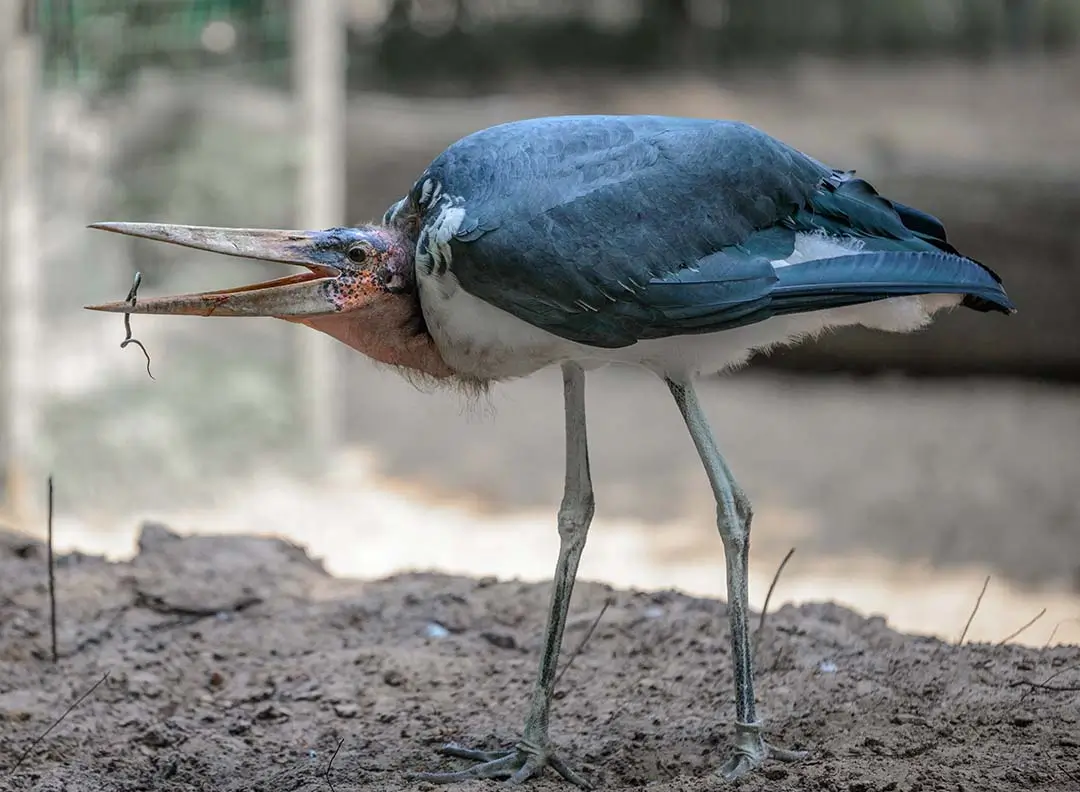
BIRDING IN
Ajai wildlife reserve

BIRDING IN
Ajai wildlife reserve

BIRDING IN
Ajai wildlife reserve

BIRDING IN
Ajai wildlife reserve
Ajai lies on the western bank of the White Nile, approximately 40 km (25 mi) east of Arua. The Ajai Wildlife Reserve is a small conservation protected area in northeastern Uganda dominated by a large island surrounded by seasonally flooded swamps and wooded savanna. Before Ajai was gazetted as a wildlife reserve in 1965, the Ajai Rhino Sanctuary was home to 60 of Uganda's 80 remaining white rhino. The WWF funded an anti-poaching project there in 1962. In 2002 12 kilometers squared (4.6 square miles) were carved out of the reserve to make space for human settlements. In 2008 the Uganda Wildlife Authority privatized the operation of Ajai to Uganda Wildlife Safaris Ltd, a hunting and photographic tour operator.
Initially, Ajai Wildlife Reserve was managed by a local chief named “Ajai” who led in the 1930s hence the reserve derived it name from him.
Up to 1980, the Wildlife Reserve was one of the homes to the few White Rhinos in Uganda and is now extinct within the Wildlife Reserve. This explains why it used to be called Ajai Rhino Sanctuary. At that time, it sheltered over 60 white Rhinos of the total 80 of these mammals that Uganda had. When the local community members began hunting the Rhinos, an International Organization called the World Wildlife Fund facilitated an Anti-poaching initiative that was conducted throughout the Wildlife Reserve in 1962, though it didn't deter the poachers from hunting these mammals until they became extinct. In 2002, approximately 12 square Kilometers of land was reduced from the Wildlife Reserve to create more land for cultivation and human settlement.
Much as the White Rhinos are now extinct within the Wildlife reserve, you will encounter other fascinating wildlife species that include primates such as the Olive baboons, the black and white colobus monkeys and the Vervet monkeys, the warthogs, the Sitatungas, the lions, the Lelwel Hartebeest, the Leopards, the Warthogs, Sitatungas, the Blue duikers, the zebras, Common Duiker, the Oribis, as well as Uganda Kobs among others. There are several aquatic Wildlife Species such as the Hippos and the Crocodiles and other reptiles such as the Pythons.
Ajai Wildlife reserve has several bird species and they include Shoebill, the Black-rumped Waxbill, Grey Crowned cranes, Marabou stocks, African fish eagles, Heuglin's Masked Weaver, Chestnut-crowned Sparrow-weaver, Bronze-tailed Starling, White-crested Turaco, Papyrus Gonolek, Red-throated Bee-eater, Black-breasted Barbet, Emin's Shrike Lanius gubernator, Piapiac, Red-pate, Purple Starling and Grey-headed Oliveback among others.
Ajai Wildlife Reserve is open for tourist all year round though the best time to visit is during the dry season of June to October and December to March. The rainy season is in the months of April, May, October and November. Tourists traveling to Ajai can always link from or to Murchison Falls National Park or Gulu Town for overnight stay. This destination can be accessed by both Air and road transport. With air transport, scheduled and charter flights can be organized to Arua Airfield.It takes from 6-7 hours drive from Kampala to Arua Town where the Wildlife reserve is located.
Our Experts are ready to provide answers
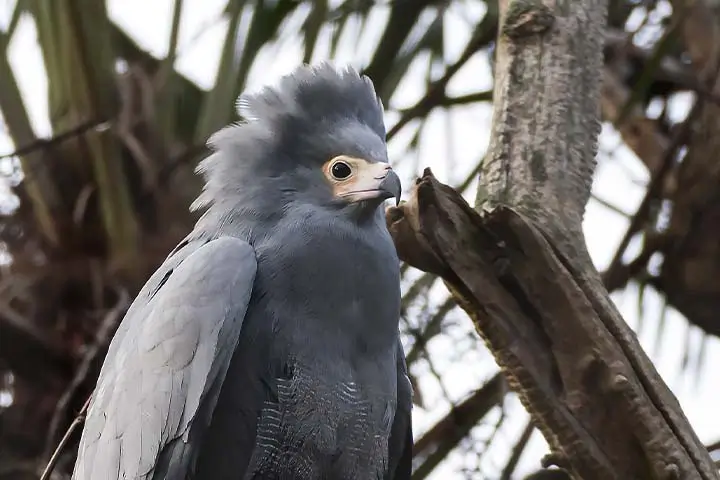
Bwindi is the Bird watchers haven as experienced bird watchers can identify up to 100 species in a day in Ruhija and Buhoma.
Read More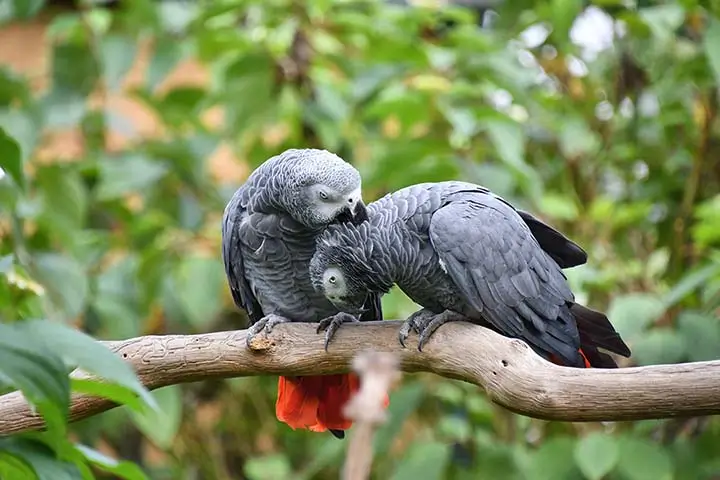
Kibale National Park has so many developed hiking/walking trails with the best birding spot being Bigodi wetland sanctuary where birders take visitors for a 4-hour walking trail.
Read More
The Apoka Rest Camp and Park Headquarters overlooking the swallow, southern Narus Valley is a grand spot to start your Kidepo birding.
Read More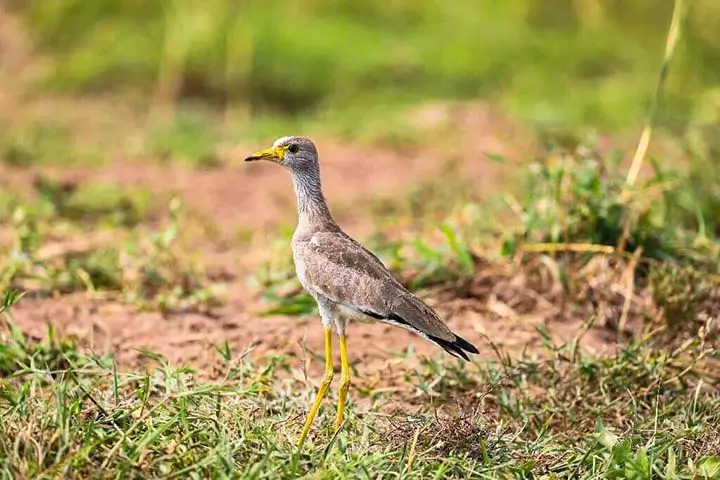
The best birding spots in the park include the swampy valleys of Warukiri and Miriti, and the roadsides between Rwonyo camp and the jetty. There are viewing platforms at the salt lick, in Miriti Valley, and in Rubanga Forest.
Read More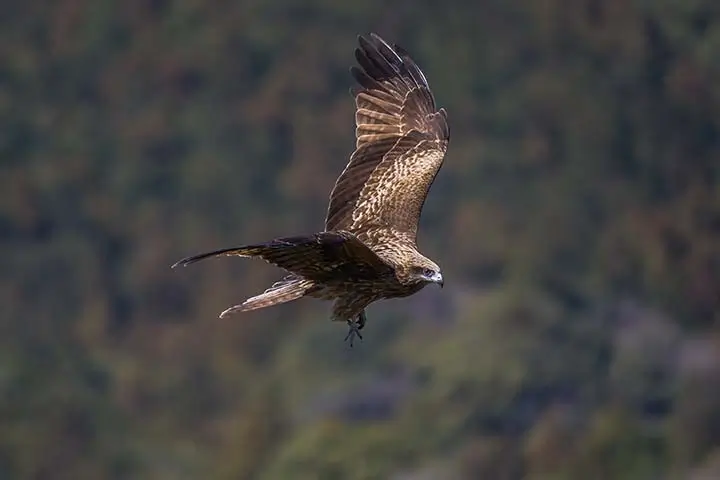
The Park is set apart with a unique bird fauna 79 bird species have been recorded within the park, including several species prevalent to the East Congo Montane region.
Read More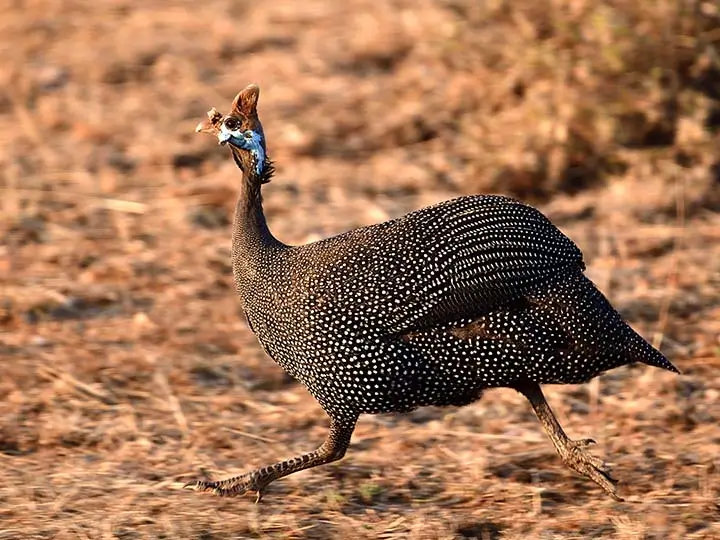
Excellent birding opportunities exist around Kapkwai Forest Exploration Centre, in particular in the secondary forest and thick shrub along the loop trails extended to cover Cheptui Falls.
Read More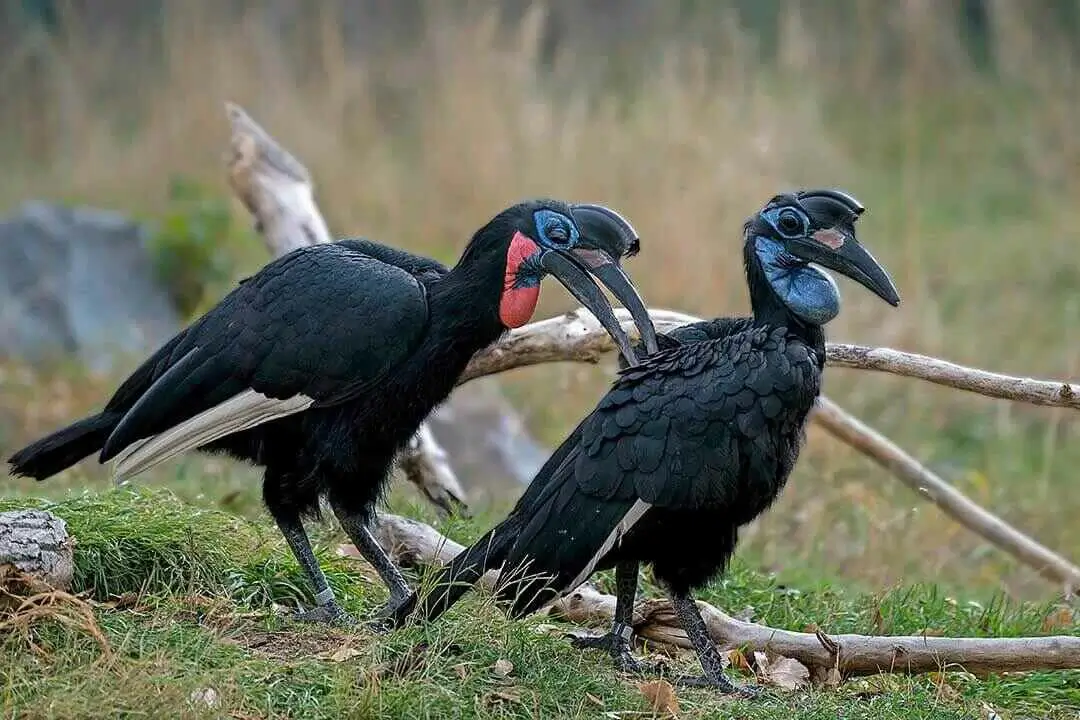
Over 500 bird species are known from the site. Falco naumanni is a passage migrant and Circus macrourus occurs on passage and in winter. Acacia woodland holds the largest known population of Agapornisfischeri, Parusfringillinus is resident and there have been recent records of Apaliskaramojae from Acacia drepanolobium woodland in the south-west of the site.
Read More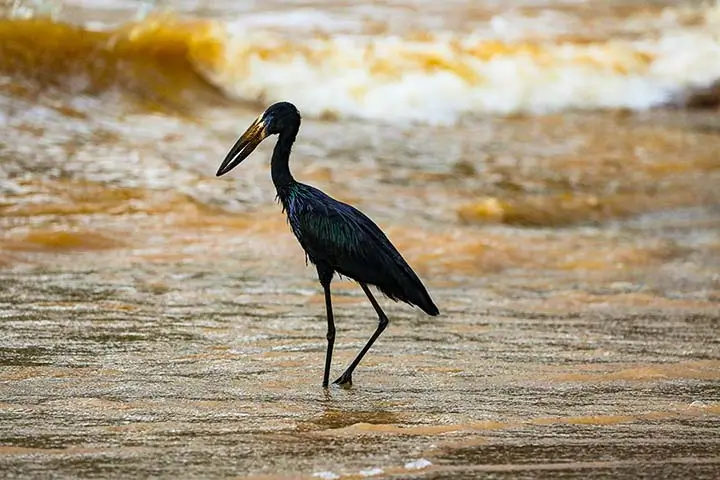
It has 611 recorded bird species in the Kazinga channel sanctuary which covers an area approximately 207kilometers.
Read More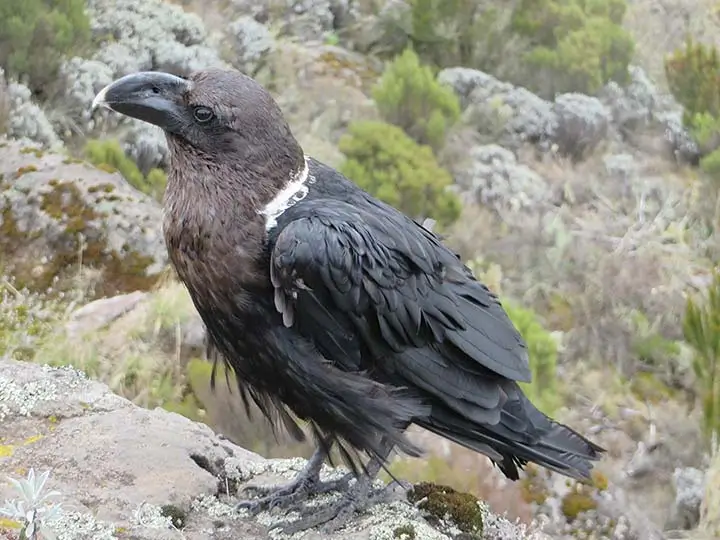
The park is one of the world's Endemic Bird Areas (EBA). There are up to 241 species of birds which is about 27% of Uganda's total. Close to 177 bird species live in the Afromontane forest and 19 species are endemic to the Albertine rift.
Read More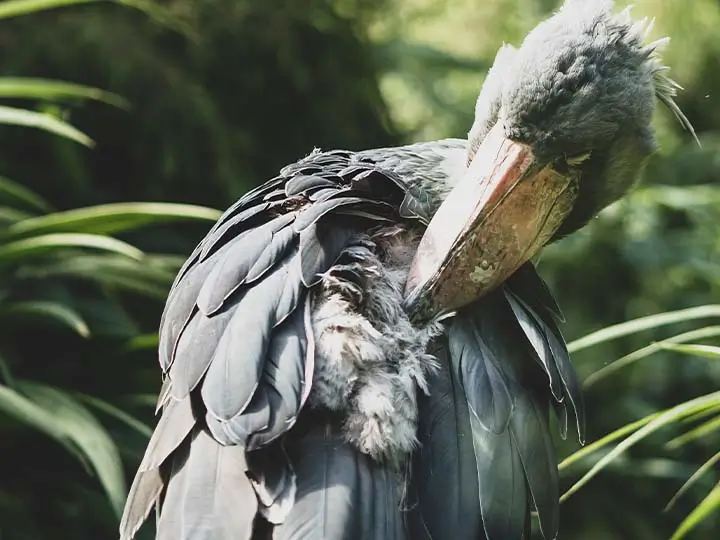
Birders who make it to Semuliki are always rewarded with some of Africa's best forest birding. Sempaya and Ntandi provide excellent viewing of the birds.
Read More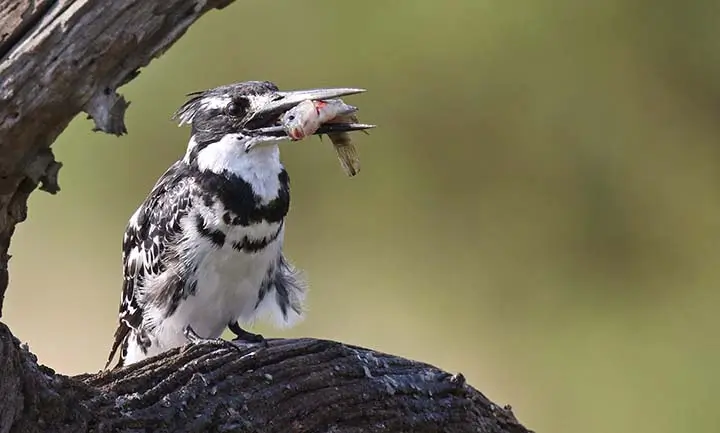
As compared to many other birding destinations within the country, This area of the lake has got over 200 bird species and some of these include;
Read More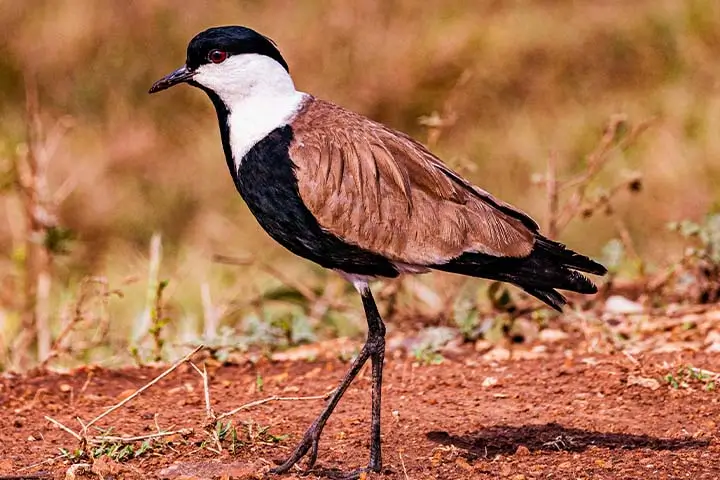
As compared to many other birding destinations within the Birding here is done near new Lutembe beach located on Entebbe road at Namulanda. The bay area has trees, marshlands, and shrubs. Early in the morning is the best time to get to Lutembe as there is a lot of bird activity.
Read More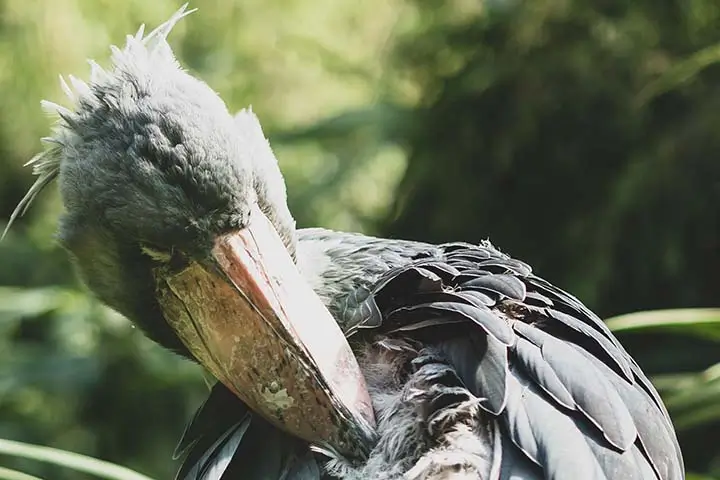
Located on the edge of Lake Victoria, Mabamba Bay Wetland is one of few places where the rare Shoebill Stork can be found. Mabamba Swamp is the most accessible and reliable with the best chances of seeing the Shoebill in Uganda.
Read More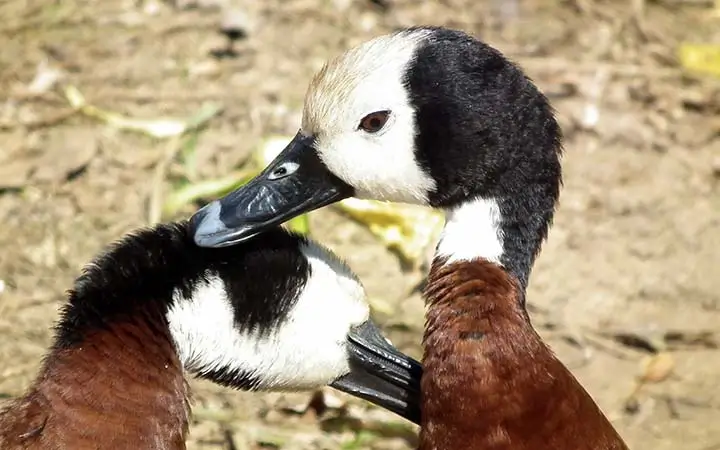
The Uganda Wild Life Authority has registered a reduction in bird species in Pian Upe, and Matheniko, Bokora game reserves due to the persistent drought that has dried up all water sources in the reserve.
Read More